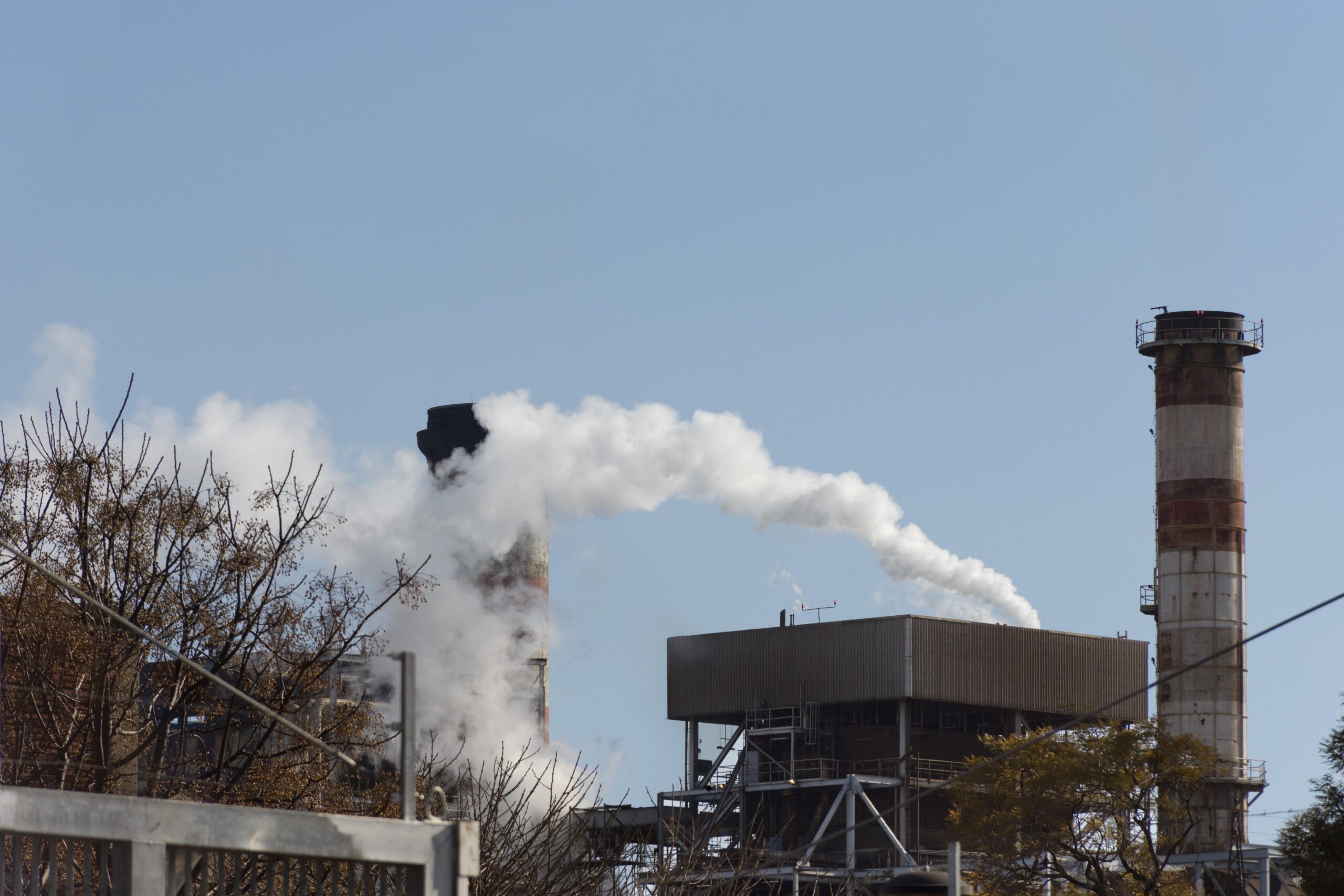Coal-fired power plants supplied much of the nation’s electricity for decades, leaving behind vast ash ponds. One by-product, fly ash, is a fine powder rich in silica and alumina that can be blended into concrete to boost strength and durability. In many highway and bridge mixes, it replaces up to thirty percent of traditional cement, trimming costs and cutting the carbon tied to cement production.
Modern dry-processing equipment now makes it practical to excavate fly ash from those legacy ponds, clean it without combustion, water or chemicals using a triboelectrostatic separator, and sell it as a high-value ingredient for greener construction. The guide below explains why the opportunity is growing, how the technology works, and what steps turn stored ash into both revenue and restored land.
Why Act on Legacy Ash Now
- Tighter rules. New EPA deadlines require many ash ponds to be closed or excavated.
- Shrinking supply. With fewer coal units running, “fresh” fly ash is scarce, yet concrete producers still need it for mix designs.
- Market pull. Builders want lower-carbon concrete, and high-quality reclaimed ash meets that need at a competitive price.
- Local jobs. Projects that harvest ash support new roles in excavation, trucking, and processing.
Environmental and Money-Saving Wins
- Cleaner land and water. Excavating ash stops metals such as arsenic and mercury from seeping into groundwater.
- Lower carbon. Replacing one ton of cement with one ton of fly ash avoids nearly the same amount of CO₂.
- Reduced closure costs. Material that once needed long-term monitoring becomes a salable product.
- New sales. Ready-mix plants pay for ASTM-grade ash, turning a liability into cash.
Dry Processing Beats Wet Cleanup
Legacy ash varies in carbon, moisture, and particle size. Traditional methods for removing carbon from coal fly ash utilize high temperature combustion to burn out the carbon, resulting in negative air quality impacts and increased CO2 footprint.A dry tribo electrostatic separator solves this challenge. The unit charges particles on a moving belt, then splits mineral ash from carbon without adding water.
Key advantages:
- No process water or discharge permit
- Commercial machines handle more than forty tons per hour
- Fly ash that meets ASTM C618, the industry standard for chemical makeup and carbon content, turns stored ash from a disposal cost into a cash-generating material.
- Compact footprint suitable for high volume in a small footprint
Six Steps to Launch a Harvesting Project
- Test the pond. Sample ash for carbon, moisture, and chemistry.
- Pick a process. Compare dry separation to thermal or flotation methods while weighing power and water costs.
- Run a pilot. Process a small batch to verify yield and quality.
- Line up buyers. Sign supply deals with concrete producers before full excavation.
- Excavate in phases. Keep berms stable and control dust.
- Track quality. Adjust separator settings as ash chemistry changes layer by layer.
The Road Ahead
Analysts project fly-ash utilization to grow about thirty-eight percent in the next decade as builders chase lower-carbon materials and regulations force pond closures. Owners who act now lock in supply contracts, build goodwill with regulators, and leave cleaner land ready for redevelopment that can support everything from housing to high-tech food production methods.
Ready to Turn Ash into Asset?
ST Equipment & Technology supplies dry triboelectrostatic systems that convert dormant ponds into profitable sites. Portable units separate ash on location without water and deliver sale-ready product in a single pass.
Contact STET to schedule a feasibility review and see how dry separation can recycle your ash, cut closure costs, and supply the growing market for green building materials.



















